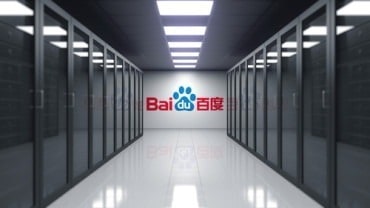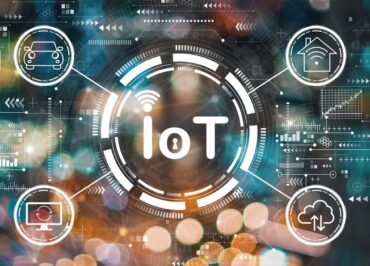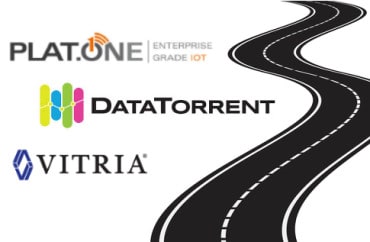
ABI Research believes that IoT device management services will be a critical component of any major IoT solution in the future
ABI Research, a market-foresight advisory firm that offers strategic guidance on transformative technologies, believes that IoT device management services will be a critical component of any major IoT solution in the future, with 70% of revenues being generated within the automotive, industrial, and telematics fields.
In fact, statistics share that device management services, such as provisioning, software and firmware updates, and device monitoring, will produce revenues of US$20.5 billion by 2023.
Ryan Harbison, Research Analyst at ABI Research explains, “As IoT solutions continue to shift toward performing more processing and computing at the edge, devices need to constantly be updated to maintain solution security and improve overall analytics solution value. If a device is not able to be updated, its long-term value ceases. As a result, operations teams need central tools such as device management solutions to enable efficient remote maintenance. With potentially hundreds or thousands of devices in a solution, it is simply not feasible to fix and update devices after they are deployed.”
See also: In Business 4.0, IoT is the great enabler
Throughout the forecasted period, device management revenues as a percentage of overall device and application platform revenues will stay rather steady. Providers and end users will continue to view the value of these services as a critical part of any overall IoT solution. Yet, there will continuously be a commoditization of device management services that will be stimulated by competition between current service providers, higher standards in the market, and new device management solutions from existing cloud providers such as AWS, Google, and Microsoft.
“While device management commoditization is happening to some extent, value can still be extracted by vendors who integrate them with other components of the IoT value chain to create a differentiated solution that drives value for both end-users and providers,” shares Harbison.
“The real value in device management solutions is when they are used to enhance performance in some other area of the IoT solution, such as on the device (e.g. Telit, Sierra Wireless, Cradlepoint, or Eurotech) or as part of a larger platform offering (e.g. Bosch, Mentor Graphic, or Wind River). The companies that are succeeding in this space are not pure-play device management providers, but are rather those that integrate their DM offerings with other IoT solution components to drive differentiated value for the IoT market as a whole,” Harbison adds.




























